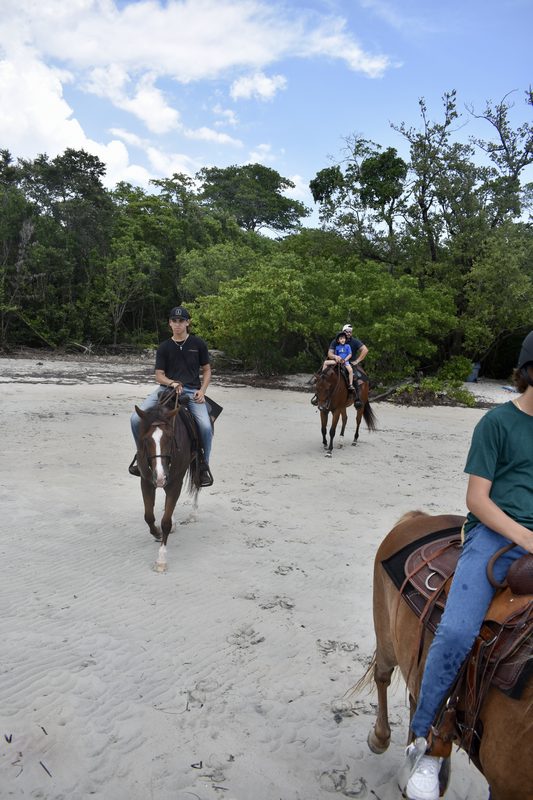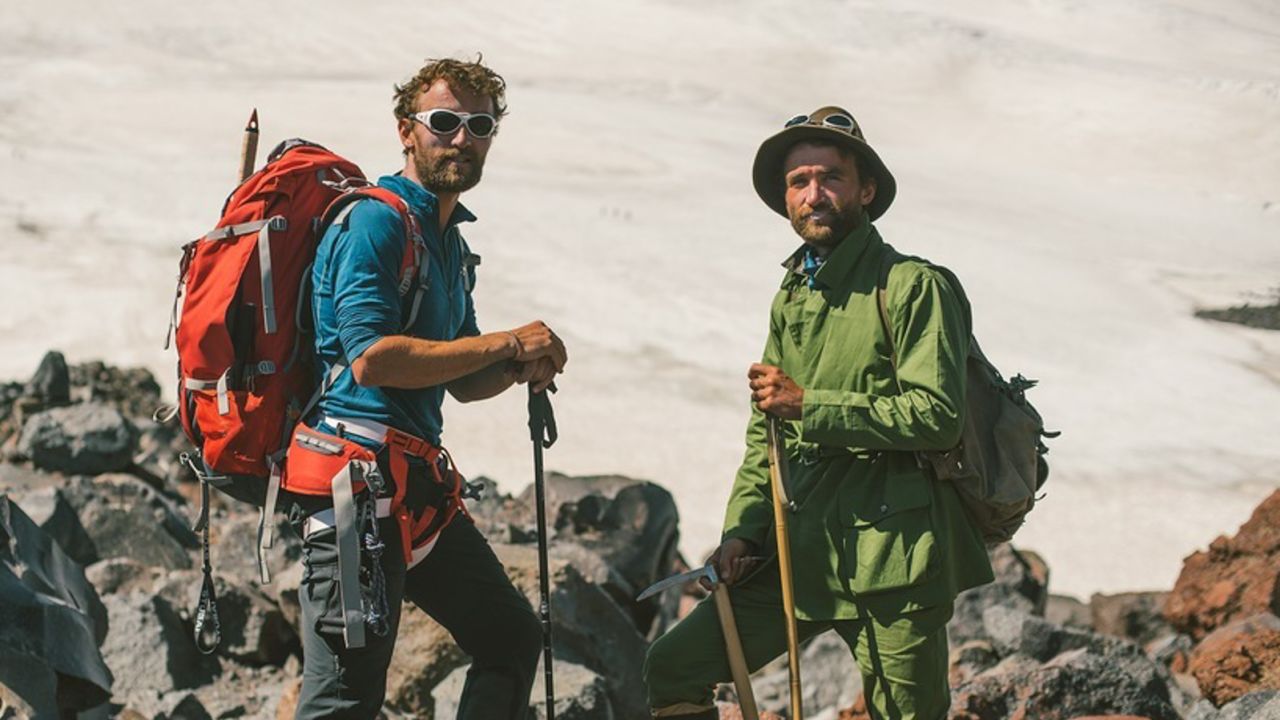Are you ready to discover your inner adventurer? Look no further than horseback riding, a thrilling activity that allows you to connect with nature, experience the rush of adrenaline, and embark on exciting journeys. Whether you’re a beginner or an experienced rider, horseback riding offers endless opportunities for exploration and excitement. From breathtaking trail rides to exhilarating competitions, there’s something for everyone in the world of equestrian sports. So saddle up and get ready to unleash your inner adventurer through the exhilarating world of horseback riding. Get ready to experience the freedom, the thrill, and the sheer joy of riding a magnificent horse.
Benefits of Horseback Riding
Horseback riding offers numerous benefits for both the mind and body. From physical strength and flexibility to mental clarity and emotional well-being, this popular activity provides a holistic experience that is hard to replicate. Let’s delve into the various benefits of horseback riding and explore why it has gained such popularity among adventure enthusiasts and equestrians alike.
Physical Benefits
Engaging in horseback riding is a fantastic way to keep yourself physically fit. It works out multiple muscles in your body, including your core, legs, and arms. The constant movement and effort required to maintain balance and control while riding helps build muscle strength and endurance. Additionally, the rhythmic motion of riding can improve coordination and enhance your overall motor skills.
Not only does riding provide a full-body workout, but it also benefits your cardiovascular system. Riding at different gaits, such as trotting or cantering, increases your heart rate and improves blood circulation. Over time, this cardiovascular exercise can enhance your stamina and boost your overall fitness levels.
Mental Benefits
Horseback riding offers a unique opportunity to clear your mind and escape the pressures of everyday life. The serene environment, surrounded by nature and the rhythmic motion of the horse, can have a calming effect on your mind. It allows you to focus on the present moment and leave behind any worries or stressors.
In addition to providing mental relaxation, horseback riding promotes mental agility. When you ride, you need to constantly assess the situation, make decisions, and communicate effectively with your horse. This cognitive engagement can enhance your problem-solving skills, quick thinking, and ability to adapt to new situations.
Emotional Benefits
There is an undeniable emotional bond that forms between a rider and their horse. This connection can bring about a sense of companionship, trust, and unconditional love. Taking care of a horse and building a relationship with them can provide immense emotional fulfillment.
Furthermore, horseback riding can be a form of therapy and a way to manage emotions. The rhythmic motion of riding can have a soothing effect, reducing anxiety and promoting relaxation. Horses are also incredibly intuitive animals and can sense your emotions, providing comfort and empathy during difficult times.
Different Types of Horseback Riding
Horseback riding encompasses various styles and disciplines, each with its own unique techniques and equipment. Whether you’re interested in the elegance of English riding, the ruggedness of Western riding, or the adventure of trail riding, there are options for every rider to explore.
English Riding
English riding is characterized by its emphasis on elegance, precision, and finesse. It originated in Europe and is commonly associated with horse shows and dressage competitions. In English riding, riders use a close-contact saddle with minimal padding and hold the reins with both hands, allowing for subtle communication and precise control.
Western Riding
Western riding, on the other hand, is rooted in the traditions of the American West. It is known for its practicality, comfort, and relaxed style. Western riders use a saddle with a deep seat and high cantle for added stability. They typically hold the reins with one hand and focus on working with cattle, trail riding, or participating in rodeo events.
Trail Riding
For those who prefer to explore the great outdoors, trail riding is a popular choice. It allows riders to experience the beauty of nature while navigating various terrains and obstacles. Trail riding can be done in both English and Western riding styles, depending on personal preference and the type of trails available.

Choosing the Right Horse
Finding the perfect horse to match your riding goals, skill level, and personality is essential for a successful and enjoyable riding experience. Here are some factors to consider when choosing a horse:
Consider Your Riding Goals
Before selecting a horse, it’s crucial to identify your riding goals. Are you interested in competitive riding, leisurely trail riding, or mastering a specific discipline like dressage or jumping? Different horses have varying strengths and temperaments, so it’s important to choose one that aligns with your goals.
Assess Your Riding Skill Level
Your current riding skill level is another crucial factor to consider. If you’re a beginner, it’s recommended to choose a horse that is well-trained and patient. Intermediate riders may benefit from a more responsive and versatile horse, while advanced riders can handle horses with higher energy levels and more complex movements.
Match the Horse’s Temperament with Your Personality
Horses, like humans, have distinct personalities. Some horses may be more calm and docile, while others may have a more energetic or spirited temperament. It’s important to choose a horse whose personality matches your own. This connection will facilitate effective communication and contribute to a harmonious partnership.
Essential Gear for Horseback Riding
To ensure a safe and comfortable riding experience, it’s important to have the right gear. Here are some essential items every rider should have:
Riding Helmet
A properly fitting riding helmet is crucial to protect your head in case of a fall or accident. It should meet safety standards and be replaced if it has been involved in a significant impact.
Riding Boots
Good-quality riding boots provide support, protection, and grip while in the saddle. They should have a slight heel to prevent your feet from sliding through the stirrups and provide stability.
Riding Gloves
Riding gloves not only protect your hands from blisters and abrasions but also offer better grip on the reins. They can also help regulate your hand temperature in various weather conditions.
Riding Attire
Comfortable and breathable riding attire, such as riding breeches or jodhpurs, helps you move freely and stay cool during long rides. Additionally, wearing layers can help you adjust to changing weather conditions.
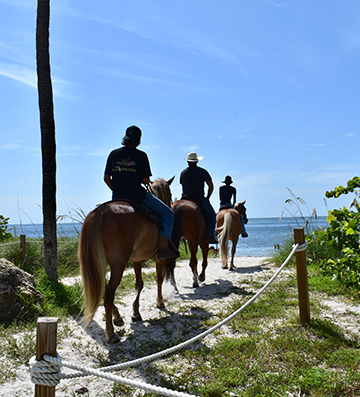
Learning the Basics of Horseback Riding
Before venturing into advanced riding techniques, it’s important to master the basics. Here are some fundamental skills every rider should learn:
Mounting and Dismounting
Properly mounting and dismounting your horse is essential for both your safety and the horse’s comfort. Learning the correct technique ensures a smooth and controlled transition.
Proper Riding Position
Maintaining a correct riding position is crucial for balance and effective communication with your horse. This includes maintaining a straight posture, relaxed arms, and a secure lower body position.
Basic Riding Commands
Learning basic riding commands, such as how to stop, walk, trot, and canter, allows you to effectively communicate with your horse and control its movements. Understanding and applying these commands can help you navigate through various riding scenarios.
Improving Your Riding Skills
Once you have a solid foundation in horseback riding, there are several ways you can continue to improve your skills and become a more confident rider. Here are some areas to focus on:
Developing Balance and Core Strength
Riding requires excellent balance and a strong core. Engaging in activities such as yoga, Pilates, or strength training can help build the necessary strength and stability to maintain proper riding posture.
Mastering Different Gaits
Practicing riding at different gaits, such as trotting, cantering, and galloping, allows you to become comfortable with the varying speeds and movements of the horse. Each gait requires different riding techniques and levels of coordination.
Refining Your Communication with the Horse
Continuing to refine your communication skills with the horse is key to becoming a proficient rider. This involves using subtle aids, such as leg pressure, rein tension, and body cues, to convey your intentions effectively.
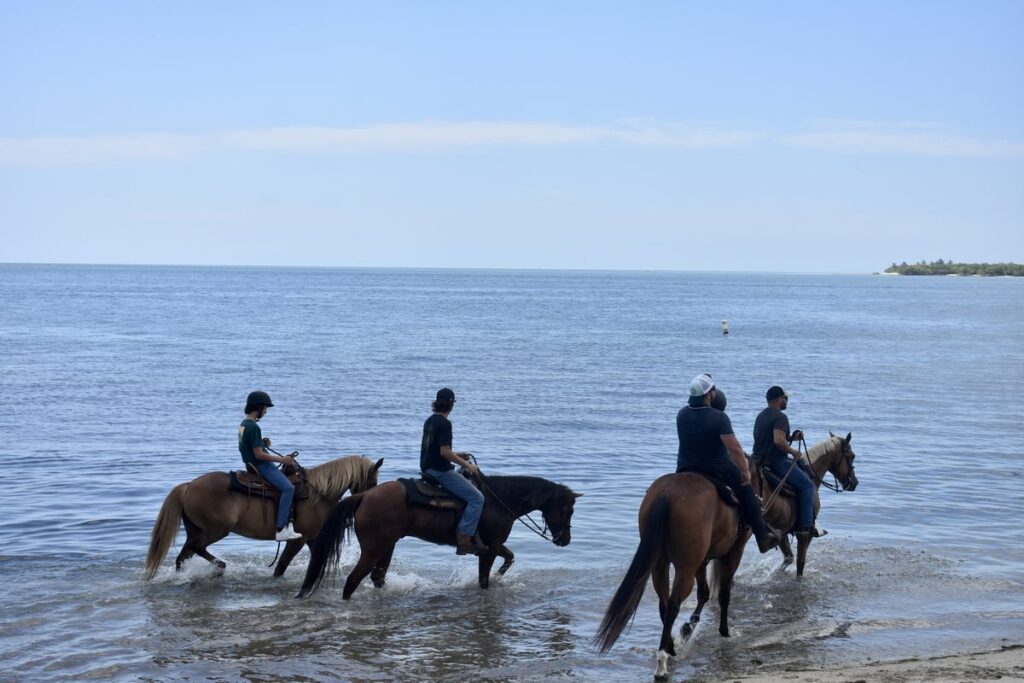
Exploring Different Riding Techniques
Horseback riding offers a wide range of disciplines and techniques to explore. Here are a few popular ones:
Jumping
Jumping involves navigating a series of obstacles, both on the ground and over fences, while maintaining control of the horse. It requires precise timing, balance, and coordination.
Dressage
Dressage focuses on the harmonious communication and partnership between the rider and the horse. It involves performing precise movements and figures at different gaits, showcasing the horse’s flexibility and obedience.
Vaulting
Vaulting is a discipline that combines gymnastics and horseback riding. It involves performing acrobatic exercises and routines on horseback, either individually or as part of a team.
Safety Tips for Horseback Riding
While horseback riding is a thrilling activity, it’s important to prioritize safety at all times. Here are some safety tips to keep in mind:
Always Wear Protective Gear
Wearing a properly fitting riding helmet is essential to protect your head from potential injuries. Additionally, consider wearing a protective vest and appropriate footwear to minimize the risk of injury.
Be Mindful of Your Surroundings
When riding, always be aware of your surroundings and any potential hazards. Keep a safe distance from other riders, stay alert for obstacles on the trail, and be mindful of changing weather conditions.
Listen to Your Horse
Horses are highly perceptive animals, and they often communicate their discomfort or unease through subtle cues. Pay attention to your horse’s body language and respond accordingly to ensure their well-being and your safety.
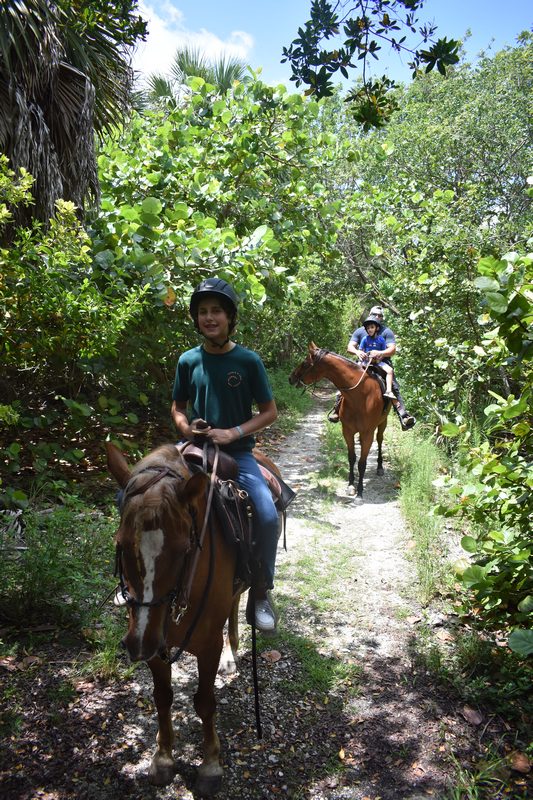
Building a Connection with Your Horse
Developing a strong bond and connection with your horse is a rewarding experience. Here are some strategies to foster a deep connection:
Understanding Horse Behavior
Learn to understand your horse’s behavior, instincts, and body language. This understanding will enable you to anticipate their reactions and respond appropriately, building trust and confidence between you and your horse.
Building Trust and Respect
Establishing trust and respect is essential in creating a solid foundation for your relationship with your horse. Spend quality time with your horse, engage in gentle grooming sessions, and consistently provide positive reinforcement.
Establishing Effective Communication
Clear and effective communication is the key to a successful partnership with your horse. Develop a language of cues and prompts that your horse understands, using both verbal and physical aids. Consistency and patience are vital in building this language.
Exploring Horseback Riding Trails
One of the greatest joys of horseback riding is the opportunity to explore beautiful trails and discover new destinations. Here are some options to consider:
Local Trails
Start by exploring local trails near your area. Many equestrian centers and parks offer designated trails suitable for horseback riding. These trails often provide a variety of terrain and scenic views, offering an exciting experience for riders of all levels.
National Parks and Forests
National parks and forests often have extensive trail systems that are open to horseback riders. Riding through these preserved landscapes allows you to immerse yourself in nature and appreciate the wilderness from a unique perspective.
International Riding Destinations
For the adventurous rider, there are numerous international destinations that offer incredible horseback riding experiences. From the lush countryside of Ireland to the vast plains of Africa, these destinations provide a chance to explore diverse landscapes and equestrian cultures.
Horseback riding is a captivating activity that offers a multitude of physical, mental, and emotional benefits. Whether you’re a beginner or an experienced rider, there is always something new to discover in the world of horseback riding. So saddle up, embrace the adventure, and let the beauty of the equestrian world unfold before you.
